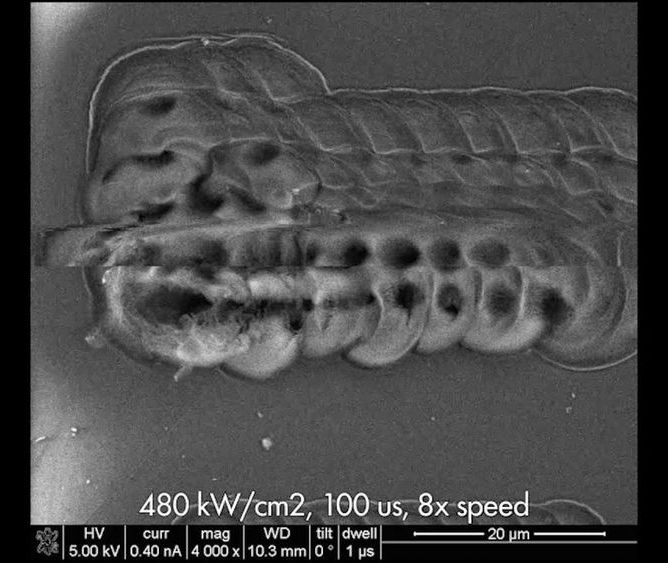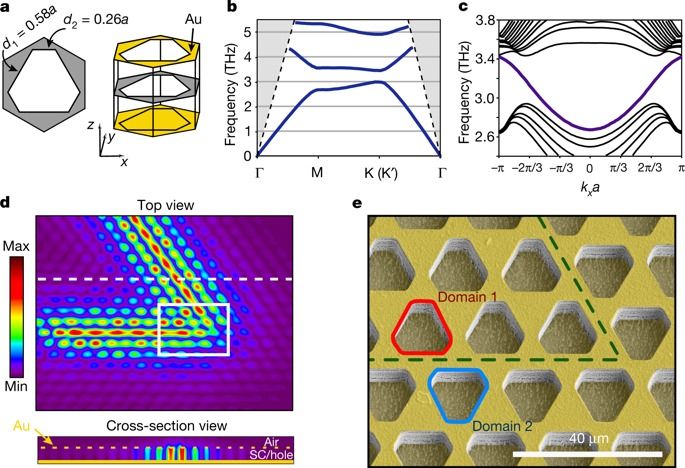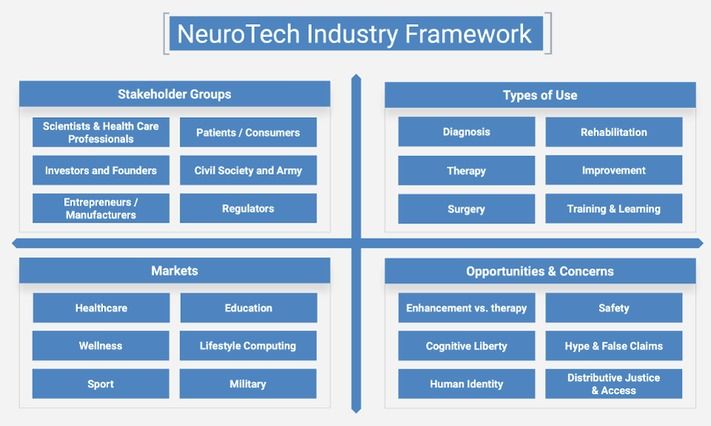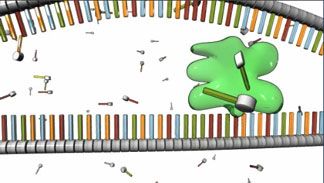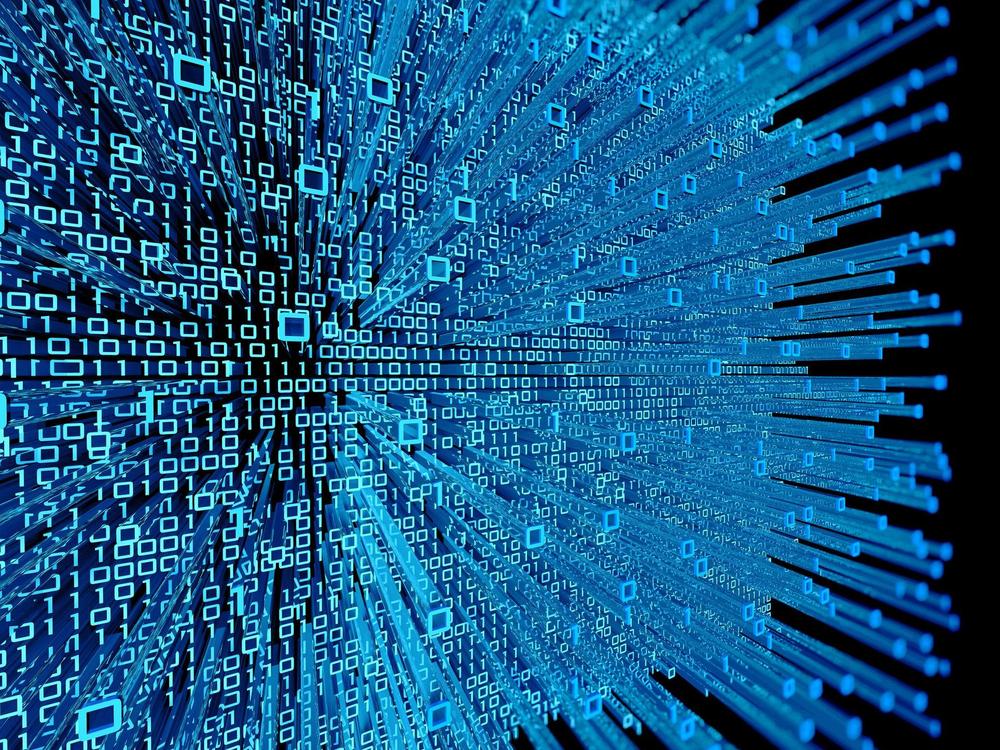Feb 12, 2020
AI Predicts Coronavirus Vulnerable to HIV’s Atazanavir
Posted by Omuterema Akhahenda in categories: biotech/medical, robotics/AI
An international collaboration between researchers at Deargen and Dankook University in the Republic of Korea, and Emory University in the United States, have published a prediction model for antiviral drugs that may be effective on 2019-nCoV.
The work is published in the article “Predicting commercially available antiviral drugs that may act on the novel coronavirus (2019-nCoV), Wuhan, China, through a drug-target interaction deep learning model” posted on the bioRxiv preprint server.
When an international team used an AI model to suggest available drugs that could be used against 2019-nCoV, the top candidates targeted viral proteinases.
Continue reading “AI Predicts Coronavirus Vulnerable to HIV’s Atazanavir” »

